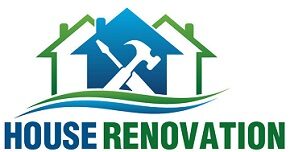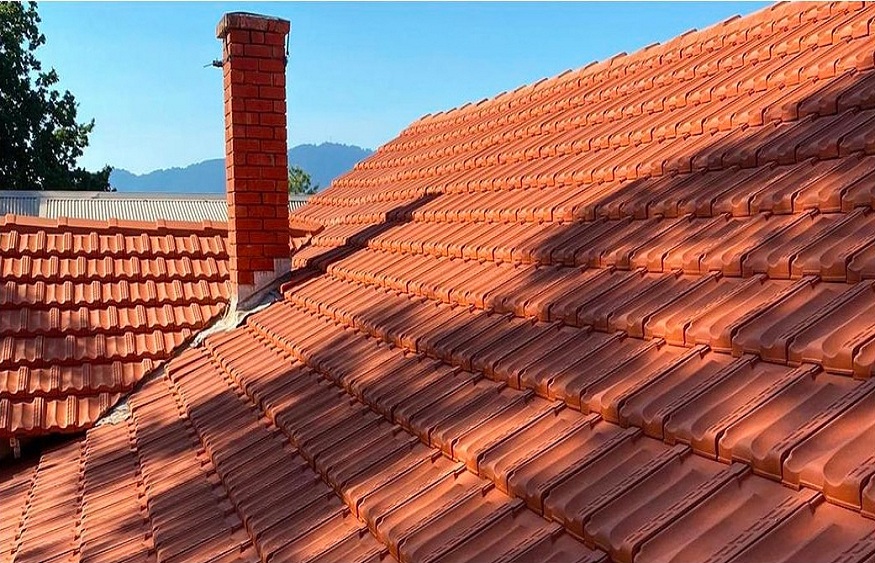As technology continues to advance, more homeowners are looking for ways to incorporate smart technology into their homes. One area that has seen significant innovation is roofing. Smart roofing systems offer a range of benefits, from improved energy efficiency to enhanced security.
Innovative roofing solutions have transformed the landscape of modern home construction. When considering a premium new roof installation service in Los Angeles, CA, it’s crucial to leverage smart technology for enhanced durability and energy efficiency. Best Roofing, renowned for its professional new roof installation services in Van Nuys, CA, embraces cutting-edge advancements to ensure top-notch quality and longevity.
By integrating smart technology into your roofing project, such as efficient insulation or solar panels, you can rely on their expertise for a reliable new roof installation service in Pasadena, CA, designed to withstand various weather conditions. Lastly, choosing Best Roofing for top-notch installation services in Santa Clarita, CA, means you are aligning with a company dedicated to implementing advanced techniques and materials, ensuring a technologically superior roof built to last.
And this blog post explores the benefits of incorporating smart technology into your new roof installation, the different types of smart technology available, the installation process, and potential challenges to consider.
Benefits of Incorporating Smart Technology in Roof Installation
Improved Energy Efficiency
One of the major benefits of incorporating smart technology into your new roof installation is improved energy efficiency. Smart roofing systems can help regulate the temperature inside your home, keeping it cooler in the summer and warmer in the winter. This can lead to significant energy savings and lower utility bills.
Enhanced Home Security
Smart roofing systems can also enhance home security. With features such as smart cameras and sensors, you can monitor your roof and its surroundings for any suspicious activity. Some systems even integrate with home security systems, allowing you to keep a close eye on your home’s exterior.
Reduced Maintenance and Repair Costs
Another advantage of smart roofing systems is the potential for reduced maintenance and repair costs. These systems can detect issues such as leaks or damage early on, allowing you to address them before they become major problems. By catching these issues early, you can save money on repairs and avoid more extensive damage.
Increased Comfort and Convenience
Smart roofing systems can also increase comfort and convenience in your home. For example, some systems offer automated ventilation control, allowing you to easily adjust the airflow in your home. Additionally, some systems can integrate with other smart home devices, allowing you to control your roof’s features through voice commands or a mobile app.
Potential Insurance Discounts
Many insurance companies offer discounts for homes with smart technology, including smart roofing systems. By installing a smart roof, you may be eligible for lower insurance premiums, as it demonstrates an investment in home security and safety measures.
Features and Functions of Smart Roofing Systems
Smart roofing systems come with a range of features and functions designed to enhance energy efficiency, security, and convenience. Some common features include:
- Automated ventilation control
- Solar power integration
- Leak detection sensors
- Smart cameras and security sensors
- Rainwater harvesting systems
- Integrative energy management systems
These features work together to create a more intelligent and efficient roofing system.
Types of Smart Technology for Roofing
Solar Roofing Systems
Solar roofing systems are a popular type of smart technology for roofs. These systems incorporate solar panels into the roof, allowing you to harness the power of the sun to generate electricity for your home. Solar roofing systems can help you reduce your reliance on traditional energy sources and lower your carbon footprint.
Smart Ventilation Systems
Smart ventilation systems control the airflow in your home, ensuring optimal ventilation and air quality. These systems can automatically adjust the vents based on factors such as temperature, humidity, and air quality, creating a comfortable and healthy living environment.
Rainwater Harvesting Systems
Rainwater harvesting systems collect and store rainwater for later use. This water can be used for various purposes, such as watering the garden or flushing toilets. By utilizing rainwater, you can conserve water resources and reduce your water bills.
Smart Leak Detection Systems
Smart leak detection systems use sensors to monitor your roof for any signs of leaks. These sensors can alert you to potential issues before they cause significant damage. By detecting leaks early on, you can avoid costly repairs and protect your home from water damage.
Integrative Solar and Energy Management Systems
Integrative solar and energy management systems combine solar power generation with energy management features. These systems can monitor your energy usage and optimize the usage of solar power, ensuring you make the most efficient use of renewable energy sources.
Choosing the Right Smart Roofing System
When choosing a smart roofing system, it’s essential to consider your specific needs and goals. Some factors to consider include:
- Your budget
- Your energy goals
- The climate in your area
- Your home’s architecture
- The compatibility with your existing smart home systems
By taking these factors into account, you can select a smart roofing system that meets your requirements and enhances your home’s efficiency and functionality.
Installation Process for Smart Roofing Systems
The installation process for smart roofing systems will vary depending on the specific technology being incorporated. It typically involves the following steps:
- Initial assessment: A professional installer will evaluate your roof, assess its suitability for smart technology, and determine the best system for your needs.
- Roof preparation: If necessary, the installer will prepare your roof by making any required repairs or modifications.
- Smart technology installation: The smart roofing system will be installed, including any necessary components such as solar panels, sensors, or ventilation controls.
- Integration with existing systems: If you have existing smart home systems, the installer will integrate the new smart roofing system to ensure seamless functionality.
- Testing and commissioning: Once the installation is complete, the system will be thoroughly tested to ensure it is functioning correctly.
It’s essential to hire a professional and experienced installer to ensure the proper installation and integration of your smart roofing system.
Maintenance and Upkeep of Smart Roofing Systems
To maximize the performance and longevity of your smart roofing system, regular maintenance is essential. Some maintenance tasks may include:
- Cleaning the solar panels
- Checking and replacing sensors or batteries
- Inspecting for any signs of damage or wear
- Ensuring the system’s software is up to date
Additionally, it’s important to address any issues promptly and schedule regular inspections to catch any potential problems early on. By properly maintaining your smart roofing system, you can ensure it continues to perform optimally and provide the expected benefits.
Potential Challenges and Considerations
Compatibility issues with existing smart home systems
One potential challenge of incorporating smart technology into your new roof installation is compatibility with existing smart home systems. It’s crucial to ensure that the new smart roofing system can integrate seamlessly with your existing devices and control systems.
Potential vulnerability to cybersecurity threats
As with any connected technology, smart roofing systems may be susceptible to cybersecurity threats. It’s important to choose a system with robust security measures in place to protect against potential breaches.
Complexity of system integration and maintenance
Smart roofing systems can be complex to integrate and maintain, requiring specialized knowledge and expertise. It’s vital to work with professional installers and regularly schedule maintenance to ensure the proper functioning of your system.
Costs associated with repairs and upgrades
While smart roofing systems can offer long-term cost savings, there may be upfront costs associated with repairs or upgrades. It’s important to factor in these potential costs when considering the overall return on investment.
Potential limitations in functionality and performance
It’s worth noting that some smart roofing systems may have limitations in functionality and performance. It’s important to thoroughly research and understand the capabilities and limitations of a system before making a decision.
Costs and Return on Investment
The costs of incorporating smart technology into your new roof installation will vary depending on the specific system and features you choose. While there may be upfront costs, it’s important to consider the potential return on investment. The energy savings, potential insurance discounts, and increased home value can make smart roofing systems a worthwhile investment in the long run.
Conclusion
Incorporating smart technology into your new roof installation offers numerous benefits, including improved energy efficiency, enhanced security, and reduced maintenance costs. By selecting the right smart roofing system, going through the installation process correctly, and properly maintaining the system, you can enjoy the advantages of smart technology while ensuring the longevity and performance of your roof. Consider the potential challenges and costs, and make an informed decision that aligns with your goals and needs. With the right smart roofing system, you can create a more intelligent, efficient, and secure home environment.

